By John Doyle on June 23, 2018
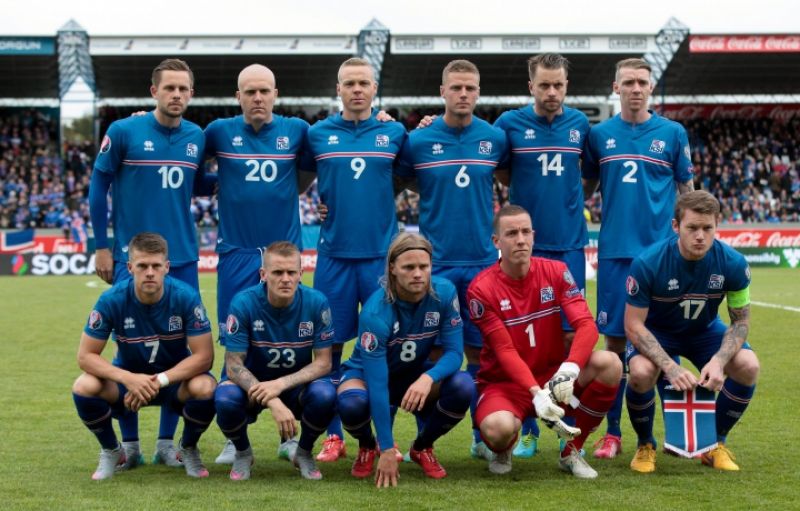
Iceland isn’t out of this World Cup. Yet. It stands level on points with Argentina – Argentina, no less – in Group D with a slight advantage in goal difference. The momentum is with Nigeria, however as candidate for the next round.
This is no insult to Iceland, nor was the 0-2 loss to Nigeria a collapse. Iceland still stands as a model team, a team for small countries everywhere to emulate and the country’s success bears examination. Even bigger countries – and everyone is bigger than Iceland’s population of less than 350,000 people – can learn a lot from the eight years of success that Iceland has accumulated.
The real insult to Iceland, and what is reductive in soccer terns, is looking on Iceland as a fairy-tale team from a tiny country, chancing its luck and punching way above its weight. Its success so far is based on intelligent use of the finest old-style tactics and formation and disciplined execution of best practices on the field. One thing it has figured out is that you don’t need to have the most possession to win games.
Iceland uses a traditional 4-4-2 setup on the field. The formation is out of vogue these days and 4-3-3 and use of quick transition in midfield is what fixates managers and pundits. But, ask Argentina how that played out against Iceland in that 1-1 tie last week.
To any purist it is a thing of joy to watch Iceland’s two lines of four move in perfect co-ordination, with very little distance between the two groups, controlling almost all of the space in front of goal and stifling any attacking play from the opposition on the wings. Against Argentina, Lionel Messi had mere inches in which to operate and while Messi can do a lot in tiny spaces, there was always a second wall beyond the one he had just penetrated.
But it isn’t merely a compact line of defence that got Iceland into a Euro and a World Cup. Watch how the team moves forward when the opportunity arises, and the discipline is equally formidable. An attack usually begins with goalkeeper Hannes Halldorsson kicking the ball far downfield, and yet this starting tactic is not the “route-one football” of simply sending the ball as far possible into the opposing team’s half for forwards to chase.
The goalkeeper’s kicks are precise and aimed at the front two − against Nigeria that was Bodvarsson and Finnbogason. At least one of the two is actually facing his own half watching the goalkeeper’s kick, knowing where it will land and looking to head the ball to the other, or to one of the four midfielders moving forward. It is not a dramatic attacking move but it requires precision and mutual understanding between at least four players.
Further, Iceland has relied on highly practised, expertly choreographed free kicks to surprise opposing teams. All it takes is one surprise move to get one goal. It has also used long thrown-ins by Aron Gunnarsson to rattle opposing defenders. This powerful long throw is sometimes called “Delapping it,” since the great practitioner of the underused skill was Republic of Ireland and Stoke midfielder Rory Delap.
So why did all of this precision and teamwork fail against Nigeria on Friday? There’s a reason why most goals are scored and the dynamic in many games changes between the 51st and 65th minute. Roughly five minutes into the second half is when tactical changes determined at half-time are best employed and the opposing team is most vulnerable.
Four minutes in after the break, Nigeria used its pace on the counterattack. Instead of simply clearing its lines after another Iceland long throw, Victor Moses sped upfield on the break. Realizing Iceland was slow to react, Ahmed Musa sped forward in support finding space to control the ball with an excellent first touch and slammed it past Halldorsson on a half-volley. A terrific goal that exposed Iceland’s weaknesses – slowness and overconfidence in its own organizational formation. Nigeria’s tactical change was simply to play the ball forward and directly, rather than sideways from the back, which was Argentina’s mistake. It was tempo that did it.
Another Musa goal, again done at speed, finished it really. Gylfi Sigurdsson’s missed penalty for Iceland was a bizarre turn – poorly taken from the runup to the kick itself.
To advance at this World Cup, Iceland must now beat Croatia and hope Nigeria does not beat Argentina. If Nigeria ties, then Iceland must win by at least two goals to hope to get through. It’s all part of a math puzzle, but there’s nothing puzzling about Iceland getting this far.
The country has devoted itself to soccer excellence for years. One of the few lasting impacts of Iceland’s brief economic boom that ended with the financial crisis of 2008, is the soccer program. Money and resources were put into having as many highly educated coaches as possible. Now it has more first-rate coaches than most great soccer powers. And it put money into numerous indoor facilities so that players could play and train all year round. The country narrowly missed qualifying for the 2014 World Cup, qualified easily for Euro 2016 and did well, and again qualified easily for this World Cup.
It did it all with old-school tactics, discipline and teamwork. And it’s time Iceland was admired for all the right reasons. (The Globe and Mail)
•Photo shows Iceland's World Cup team
Source Daily Sports
Posted June 23, 2018
You may also like...

No more dollars for Eagles, coaches

England beat Croatia to qualify for Nations League...

Why Napoli Failed To Sign Boga

Spurs’ Son Completes Three-Week Military Training

Ronaldo Puts Current Worth at €300m

Angry Messi Alleges ‘Corruption’ after Copa Red Card,...

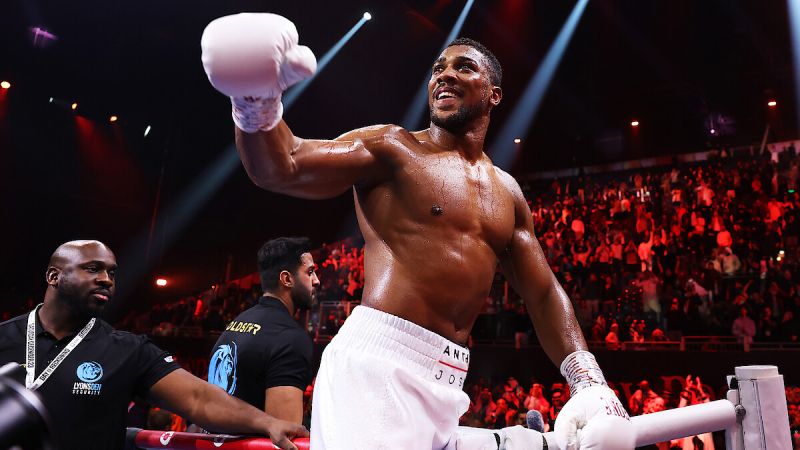 Khan warns Paul ahead ‘life-threatening’ Joshua fight
Khan warns Paul ahead ‘life-threatening’ Joshua fight Emery's perseverance & belief key to Villa resurgence
Emery's perseverance & belief key to Villa resurgence Agu backs Okoye for Eagles No. 1 spot
Agu backs Okoye for Eagles No. 1 spot PFL contract ends soon - Ngannou
PFL contract ends soon - Ngannou 'No-one downing tools' - Alonso's stay of execution despite loss to Man City
'No-one downing tools' - Alonso's stay of execution despite loss to Man City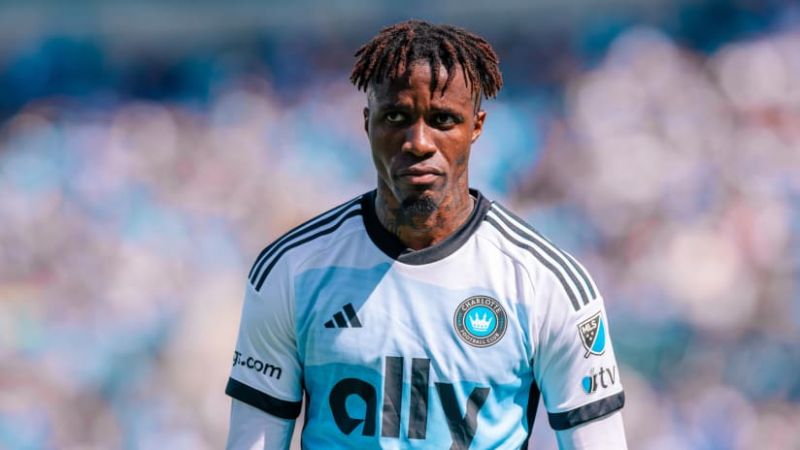 Zaha in Ivory Coast Afcon squad but Adingra left out
Zaha in Ivory Coast Afcon squad but Adingra left out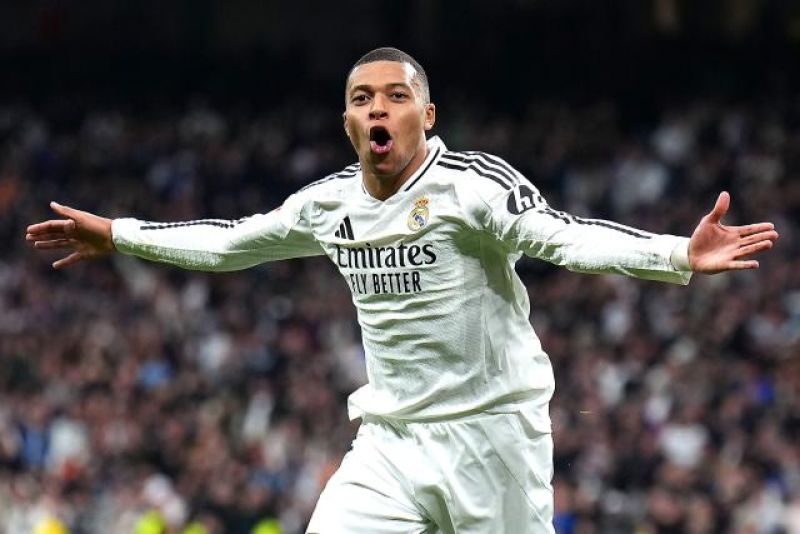 UCL: Mbappé doubtful for Manchester City clash after missing training
UCL: Mbappé doubtful for Manchester City clash after missing training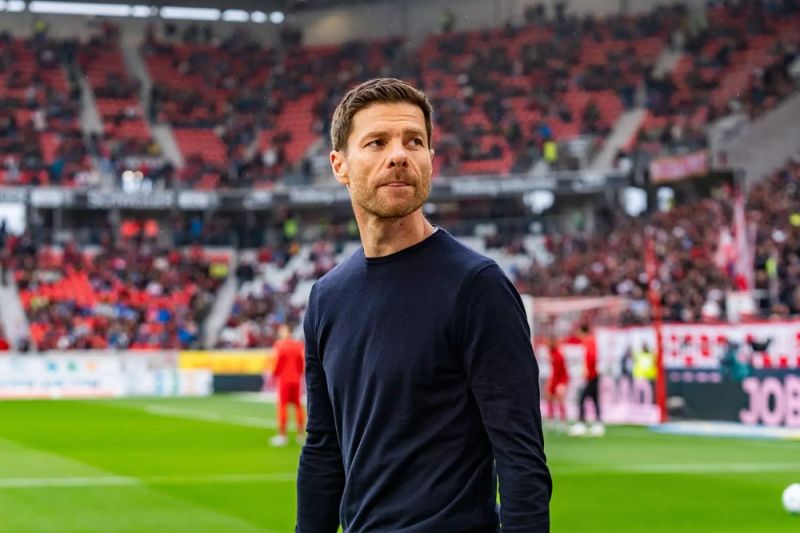 'Give Alonso time' - but Man City visit could be pivotal
'Give Alonso time' - but Man City visit could be pivotal Fifa accused of breaching own rules with Trump award
Fifa accused of breaching own rules with Trump award Son, Simons and mini Spurs revival lift Frank's spirits
Son, Simons and mini Spurs revival lift Frank's spirits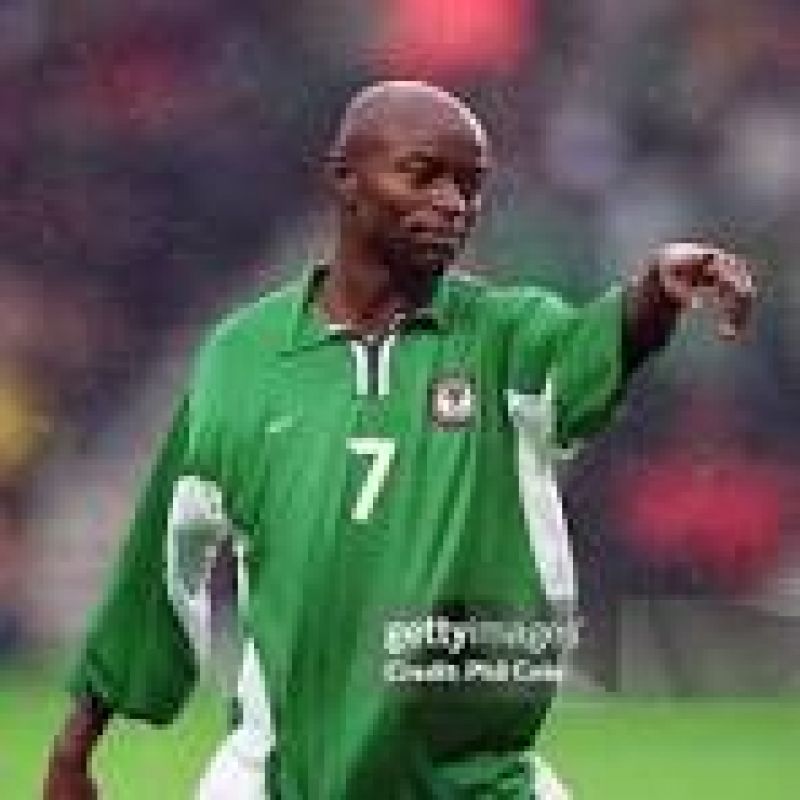 Finidi challenges Rivers United players’ mentality
Finidi challenges Rivers United players’ mentality Rangers International going, going . . . (63,402 views)
Rangers International going, going . . . (63,402 views) Amaju Pinnick: A cat with nine lives (54,646 views)
Amaju Pinnick: A cat with nine lives (54,646 views) Second Term: Amaju Pinnick, Other NFF Heavyweights Home to Roost •How Pinnick Broke the Jinx (52,587 views)
Second Term: Amaju Pinnick, Other NFF Heavyweights Home to Roost •How Pinnick Broke the Jinx (52,587 views) Current issues in Nigerian sports: Matters arising (52,220 views)
Current issues in Nigerian sports: Matters arising (52,220 views) Sports Development: Zenith Bank on the zenith (52,194 views)
Sports Development: Zenith Bank on the zenith (52,194 views) Missing $150,000 IAAF Grant: Solomon Dalung’s Hide and Seek game (52,105 views)
Missing $150,000 IAAF Grant: Solomon Dalung’s Hide and Seek game (52,105 views) Gov. Abdullahi Ganduje’s solid footprints, commitment to sports development in Kano State (51,950 views)
Gov. Abdullahi Ganduje’s solid footprints, commitment to sports development in Kano State (51,950 views) NFF Presidency: Pinnick, Maigari, Ogunjobi, Okoye in Battle for Supremacy (51,535 views)
NFF Presidency: Pinnick, Maigari, Ogunjobi, Okoye in Battle for Supremacy (51,535 views) Olopade, BET9A wave of revolution in NNL (50,676 views)
Olopade, BET9A wave of revolution in NNL (50,676 views) Commonwealth Games 2018: Shame of Muhammadu Buhari, Solomon Dalung (49,224 views)
Commonwealth Games 2018: Shame of Muhammadu Buhari, Solomon Dalung (49,224 views) Ibrahimovic’s Man U exit: Whose decision is it? And in whose interest? (47,618 views)
Ibrahimovic’s Man U exit: Whose decision is it? And in whose interest? (47,618 views) John Mikel Obi: Segun Odegbami’s Outrageous Call! (47,090 views)
John Mikel Obi: Segun Odegbami’s Outrageous Call! (47,090 views)